For years, one of the most significant criticisms of Android Automotive has been its limited app selection. While the platform promised to bring the power of Android directly into vehicles, it struggled to attract developers and deliver a robust lineup of apps comparable to what users experience on their smartphones or tablets. That narrative is set to change this week as Google rolls out a wave of new applications tailored specifically for its in-car operating system. This expansion marks a pivotal moment for Android Automotive, transforming it from a functional but sparse platform into a more versatile entertainment hub.
The influx of new apps is part of Google’s “car-ready mobile apps program,” an initiative aimed at encouraging developers to optimize their services for use within vehicles. These newly supported apps span a variety of categories, including streaming services, news outlets, and gaming options, offering drivers and passengers a richer in-car experience. Importantly, all these applications are designed with safety in mind, intended for use only when the vehicle is stationary. Whether you’re waiting at a charging station, stuck in traffic, or simply parked while running errands, Android Automotive now provides a way to stay entertained without compromising focus on the road.
A Growing Library of Streaming Services
Among the standout additions are popular streaming platforms like Plex, F1 TV, Red Bull TV, and NBC News. For fans of motorsports, F1 TV brings live race coverage, highlights, and exclusive content directly to your dashboard—a perfect companion during pit stops or downtime. Similarly, Red Bull TV offers adrenaline-pumping action sports, documentaries, and music programming that cater to thrill-seekers and casual viewers alike. Meanwhile, NBC News ensures you stay informed with up-to-the-minute updates and breaking stories, making it easier than ever to catch up on current events while parked.
Plex, known for its media streaming capabilities, allows users to access personal libraries of movies, TV shows, and music stored on home servers or cloud storage. This addition could be particularly appealing to those who want to enjoy their favorite content on longer trips or commutes. By integrating such services seamlessly into the car interface, Google is addressing a key pain point for early adopters of Android Automotive: the lack of compelling reasons to engage with the system beyond basic navigation and audio controls.
Gaming Takes Center Stage
In addition to streaming services, Android Automotive is also embracing gaming with open arms. Titles like Roblox , Farm Heroes Saga , and a wide range of family-friendly games developed by Pazu Games are now available for download. These offerings provide light-hearted entertainment for both kids and adults, ensuring there’s something for everyone to enjoy during idle moments. Many of these games are free-to-play, further lowering the barrier to entry and encouraging experimentation among users.
The inclusion of Roblox is especially noteworthy, given its massive global following. With millions of user-generated experiences ranging from obstacle courses to virtual hangouts, Roblox adds an interactive dimension to in-car entertainment. It’s easy to imagine families using this feature to keep children occupied during long waits or parents indulging in quick gaming sessions before heading back onto the road.
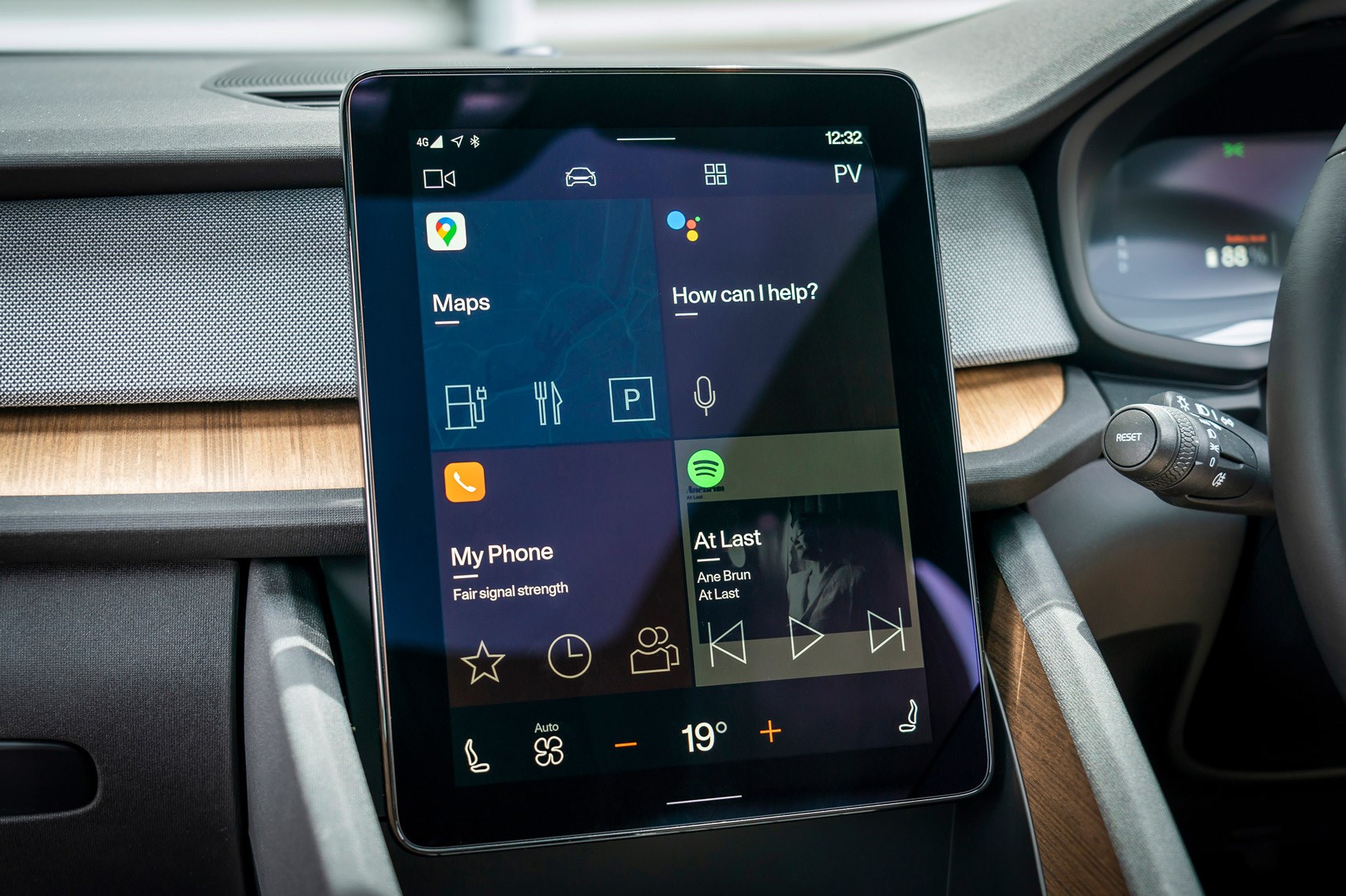
While the arrival of these games represents a major step forward, it’s worth noting that Android Automotive still lags behind Android Auto in terms of overall app availability. The latter remains the go-to choice for smartphone mirroring solutions, thanks to its broader compatibility and larger library of supported apps. However, the gap is slowly narrowing as Google continues to invest in expanding Android Automotive’s ecosystem.
Why Now?
Until recently, Android Automotive faced challenges attracting developers due to its relatively small install base compared to other platforms. Carmakers have been slow to adopt the OS, limiting its reach primarily to select models from Volvo and Polestar. Despite this, Google has persisted in refining the platform, working closely with automakers and developers to create a smoother, more intuitive user experience.
The launch of the “car-ready mobile apps program” signals a shift in strategy, emphasizing collaboration and incentivizing developers to adapt their apps for in-vehicle use. By focusing on scenarios where the car is stationary, Google sidesteps potential safety concerns while still delivering value to users. This approach not only makes the platform more attractive to consumers but also demonstrates to developers that Android Automotive is a viable market worth investing in.
How to Access the New Apps
If you own a vehicle equipped with Android Automotive, accessing these new apps is straightforward. Simply launch the Google Play Store directly from your car’s touchscreen display and browse through the growing catalog of car-ready applications. Alternatively, you can visit the dedicated landing page remotely via a web browser to initiate installations ahead of time. Once installed, the apps will appear alongside your existing suite of tools, ready to enhance your next journey.
Currently, the rollout appears focused on vehicles from Volvo and Polestar, two brands that have embraced Android Automotive since its inception. There’s no word yet on whether other manufacturers will follow suit, though the success of this expanded app ecosystem could encourage wider adoption across the automotive industry.
This latest update underscores Google’s commitment to evolving Android Automotive into a comprehensive digital cockpit solution. By broadening its app library, the company is positioning itself to compete more effectively against rival infotainment systems like Apple CarPlay and proprietary solutions from automakers. The emphasis on stationary usage ensures compliance with safety regulations while opening doors for future innovations—such as voice-controlled interactions or AI-driven recommendations—that could further blur the line between driving and digital living.
However, challenges remain. While the new apps address some longstanding criticisms, Android Automotive still lacks parity with Android Auto in terms of sheer volume and variety of applications. Additionally, the platform’s reliance on specific hardware means it won’t reach every driver anytime soon. Nevertheless, this expansion serves as a strong foundation upon which Google can build, paving the way for even greater integration between our cars and connected lifestyles.
As automakers continue to embrace software-defined vehicles, the role of in-car operating systems like Android Automotive will only grow more critical. With over a dozen new apps joining the fold, Google is proving that it’s serious about making its platform a central part of the modern driving experience—one app at a time.





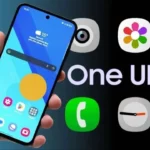

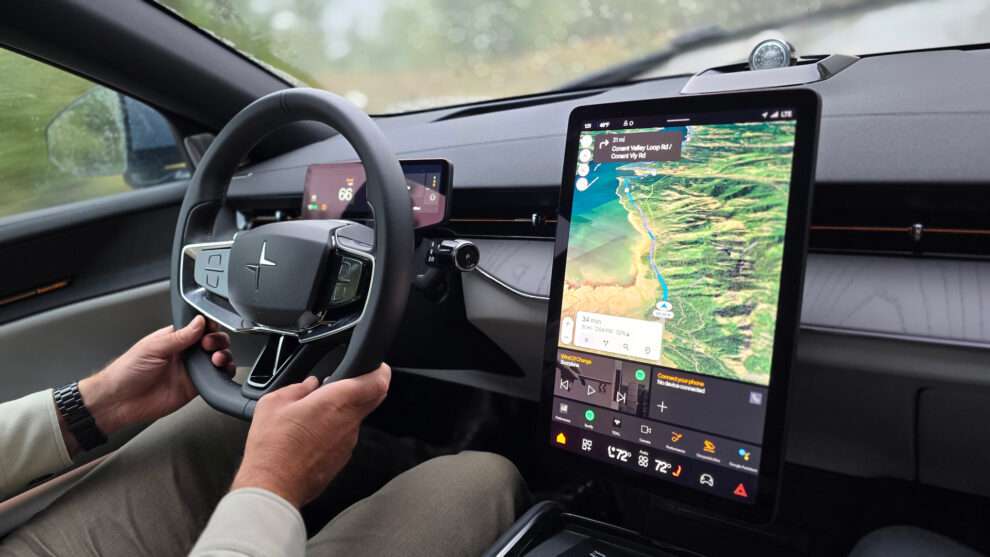

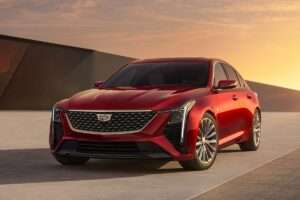
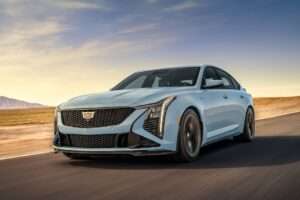





Add Comment